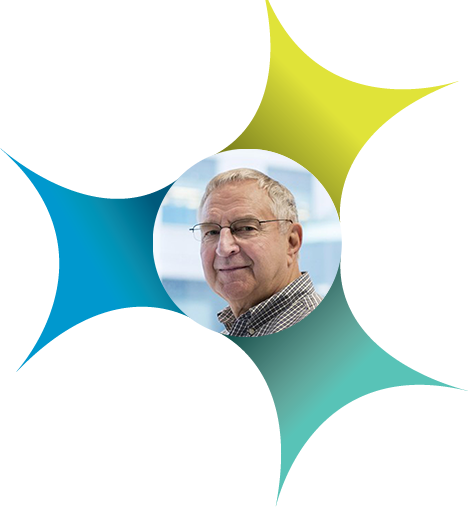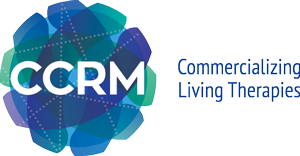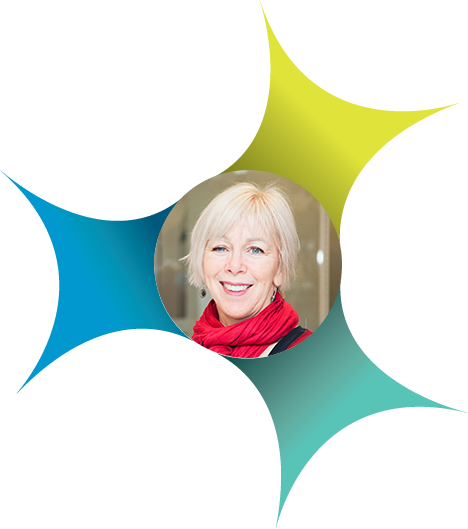It’s a bold statement, but one that is especially true in the field of regenerative medicine:
Stem cells were first identified here in 1961. Since then, Ontario has had many firsts in this field, including the discoveries of retinal stem cells, cancer stem cells, populations of stem cells in the skin and heart, as well as the fundamentals of early development.
Just in this past year, the world’s first stem cell treatment for septic shock took place in Ottawa. And results from the first clinical trial to completely suppress multiple sclerosis were published.
These are just two of many recent firsts OIRM is proud to be part of. Read about them and the ones we’re working on for the near future by scrolling down.
The largest investment — across all sectors (not just biotech!) — of the final quarter of 2016 landed in Toronto, with US $225 million in start-up funds for BlueRock Therapeutics coming from Bayer and Versant Ventures. BlueRock will be based in Toronto, Japan and the US. OIRM’s research will form a key component of BlueRock’s lead development.

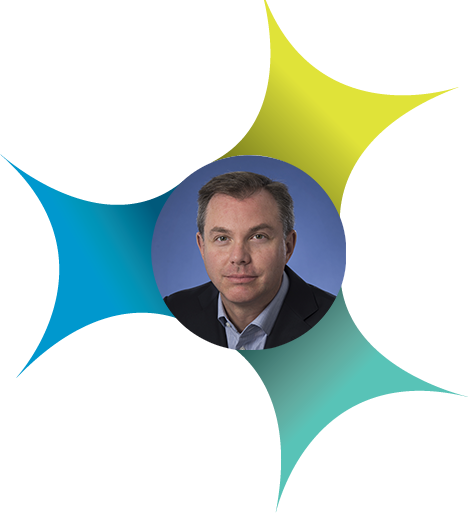
OIRM researcher Michael Laflamme, University Health Network, will be BlueRock Therapuetics’ founding investigator and his OIRM Disease Team work is part of BlueRock’s initial development.
His research, with co-investigator Gordon Keller, is an innovative method to regenerate heart cells after a heart attack, which could substantially increase quality of life and reduce long-term health care costs for patients. OIRM invested more than $2 million in direct research costs.

Successes such as BlueRock are a testament to Ontario’s current and future strengths in turning discoveries into new curative therapies and businesses. But we didn’t get here overnight – our leadership in this area has been growing over decades.
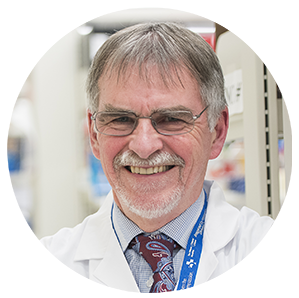
Duncan Stewart, our president and scientific director, is a great example of this leadership. Meet Duncan.
| And then there were | 13. |
When OIRM launched in late 2014, Ontario was home to five cell therapy clinical trials. We’ve helped raise that bar. Today, this number nearly tripled to 13, making Ontario a global competitor in this area. That we’ve done this with a comparatively small investment speaks volumes about the pace of progress and the robust pipeline in this province. Our current momentum ensures this number will continue to increase in the years to come.
Aggressive multiple sclerosis has a new worst enemy. The stem cell.
OIRM researchers at the Ottawa Hospital, led by Mark Freedman and Harry Atkins, published results of a long-term study showing that MS can be completely suppressed, and possibly even reversed, with a blood stem cell transplant. Patients who received this treatment experienced a halt to disease progression for a prolonged period of time, without the use of disease-modifying drugs. Yes, it’s a big deal. Read the scientific papers, published in The Lancet and JAMA Neurology. Read more about this remarkable clinical trial.
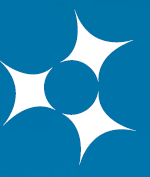
We’re just getting started.
Another important early phase study led by OIRM investigator Harry Atkins at the Ottawa Hospital demonstrated that blood stem cell transplantation led to remission in patients with severe myasthenia gravis, a potentially life-threatening autoimmune disease that affects the muscles. Patients experienced consistent, durable, symptom- and treatment-free remission. This study was published in JAMA Neurology.
We’d like you to meet Charles Berniqué.
Charles is a loving grandfather and husband. In 2016, he was in critical condition in the intensive care unit at The Ottawa Hospital. Facing death from septic shock, a condition with up to 40% mortality rate, Charles’ wife gave permission to enrol him in a world-first clinical trial. That trial, run by Lauralyn McIntyre, tested the safety of mesenchymal stem cells as a new treatment for this life-threatening illness.
Today, thanks to this trial, Charles is back on his feet at home and at work and now sits on OIRM’s Patient Advisory Committee.
Clinical trials and new ventures require support from many angles.
As important as research and clinical testing is, manufacturing and business development also play a critical role. OIRM understands just how important this is, which is why we contributed $3 million in 2016 in a partnership with CCRM to support CCRM’s business development and manufacturing platforms, enabling CCRM to commercialize some of the products and technologies emerging from OIRM research labs.
In the past year, with OIRM’s support, CCRM has achieved 13 new patent applications, four new licenses and launched one new company. Read more about CCRM.
In 2016–17 OIRM leveraged a $6.25 million investment from the Ontario Ministry of Research, Innovation and Science into $41 million. When people ask how we do so much with so little, we have a one word answer: Partnerships. Collaboration is another key strength in Ontario. In fact, it was an openness to collaboration that enabled James Till and Ernest McCulloch to identify stem cells in 1963. With our openness to partnerships, we’ve been able to build better, stronger research and clinical translation in this province. See all the organizations we are proud to call partners.
OIRM research feeds the pipeline.
Not oil and gas, of course, but the pipeline that brings new treatments and therapies to patients in Ontario and the global community. This pipeline to better health starts with discovery. It starts with questions that ask why and how things work. By supporting scientists who are asking these critical questions, OIRM is channeling their efforts and finding answers.
OIRM research program is led by its Disease Teams.
These are large, collaborative projects representing areas in which Ontario is at the leading edge in research activities, clinical trials and new commercialization efforts that are moving the field forward. In 2016–17, OIRM supported six Disease Team projects with over $4 million in funding:
We’d like you to meet Freda Miller.
Freda is an OIRM scientist, leading one of our Disease Team projects seeking to improve outcomes for children and teens with pediatric multiple sclerosis. The approach builds on her other work using a common and inexpensive diabetes drug that has a remarkable ability to stimulate stem cells in the brain to repair white matter.
It’s a simple technology that may have benefit across many conditions, meaning huge cost-savings over the long term and a better quality of life for thousands of children and their families. Read more about Freda and her research.
From small seeds the mightiest tree can grow.
This is true in science as much as it is in nature, which is why OIRM created the New Ideas research program. The 24 projects funded in 2016–17 aim to cultivate new research insights and technologies that could eventually improve therapies for conditions such as autism spectrum disorder, Duchenne muscular dystrophy, osteoporosis, and lung disease. And, by partnering with Medicine by Design at the University of Toronto in this program, OIRM is maximizing on its investment – by planting more seeds. Read about the 2017 projects.
100,000+ people reached
Ontario is full of possibility. One that everyone can take part in. In 2016, many people did. OIRM’s outreach and communication activities included public events in four Ontario cities to increase understanding of stem cells and future therapies, as well as science communication workshops, research symposia, and online materials that are free to download and share. OIRM also engaged patient stakeholders through its health charity partnerships. Through these channels, we reached many thousands of people in Ontario and around the globe.
Patients Matter
OIRM’s Patient Advisory Committee brings patient perspectives into research and clinical translation efforts to create new opportunities for public discussion and awareness of the therapeutic potential of stem cell and regenerative medicine research. Members on the Committee include Charles Berniqué (whom you met earlier in this report) and Tina Ceroni, another recipient of a stem cell therapy whom you can meet here.
OIRM’s Patient Advisory Committee brings patient perspectives into research and clinical translation efforts to create new opportunities for public discussion and awareness of the therapeutic potential of stem cell and regenerative medicine research. Members on the Committee include Charles Berniqué (whom you met earlier in this report) and Tina Ceroni, another recipient of a stem cell therapy whom you can meet here.
Meet Marissa Lithopoulos.
Marissa is a PhD student working at the Ottawa Hospital under the guidance of OIRM researcher, Bernard Thébaud. She’s passionate about finding ways extremely premature babies can have better outcomes by harnessing the regenerative potential of stem cells. Marissa also understands that sharing her work with the public will create better awareness and opportunities that may one day benefit the fragile infants she works with. Our two-minute video captures Marissa’s story.

With emerging researchers like Marissa, passionate patient advocates like Charles and Tina, and world-leading clinical translation from teams like Freda’s and Michael’s, OIRM is well positioned to make good on its vision to revolutionize the treatment of degenerative diseases, making Ontario a global leader in the development and commercialization of stem cell-based products and therapies.
It's another
first we can
all share in.

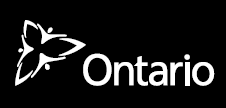



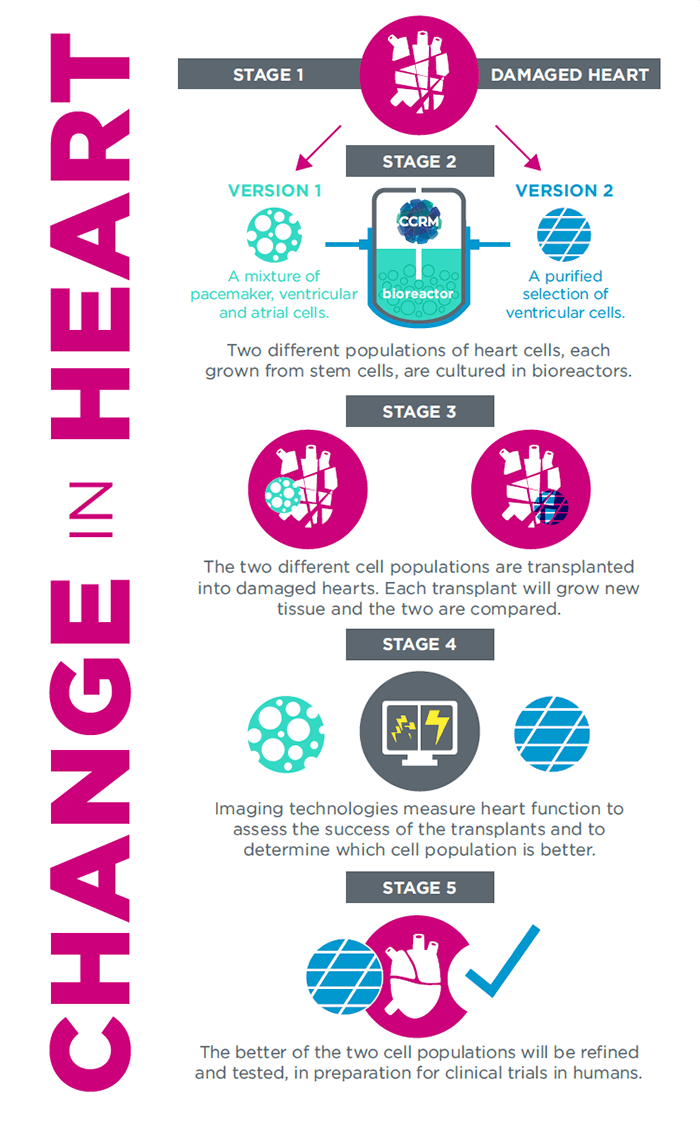

 click here to download infographic
click here to download infographic
